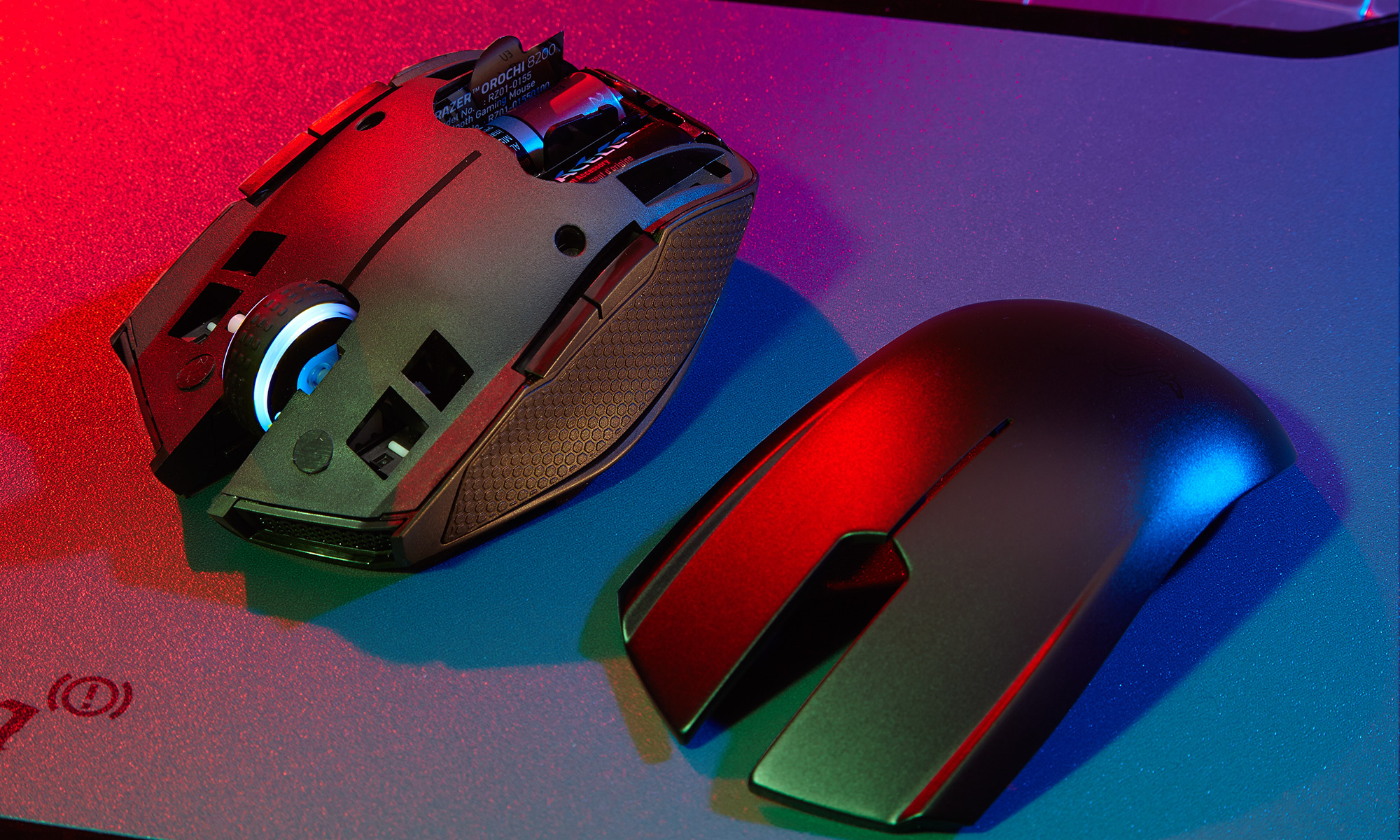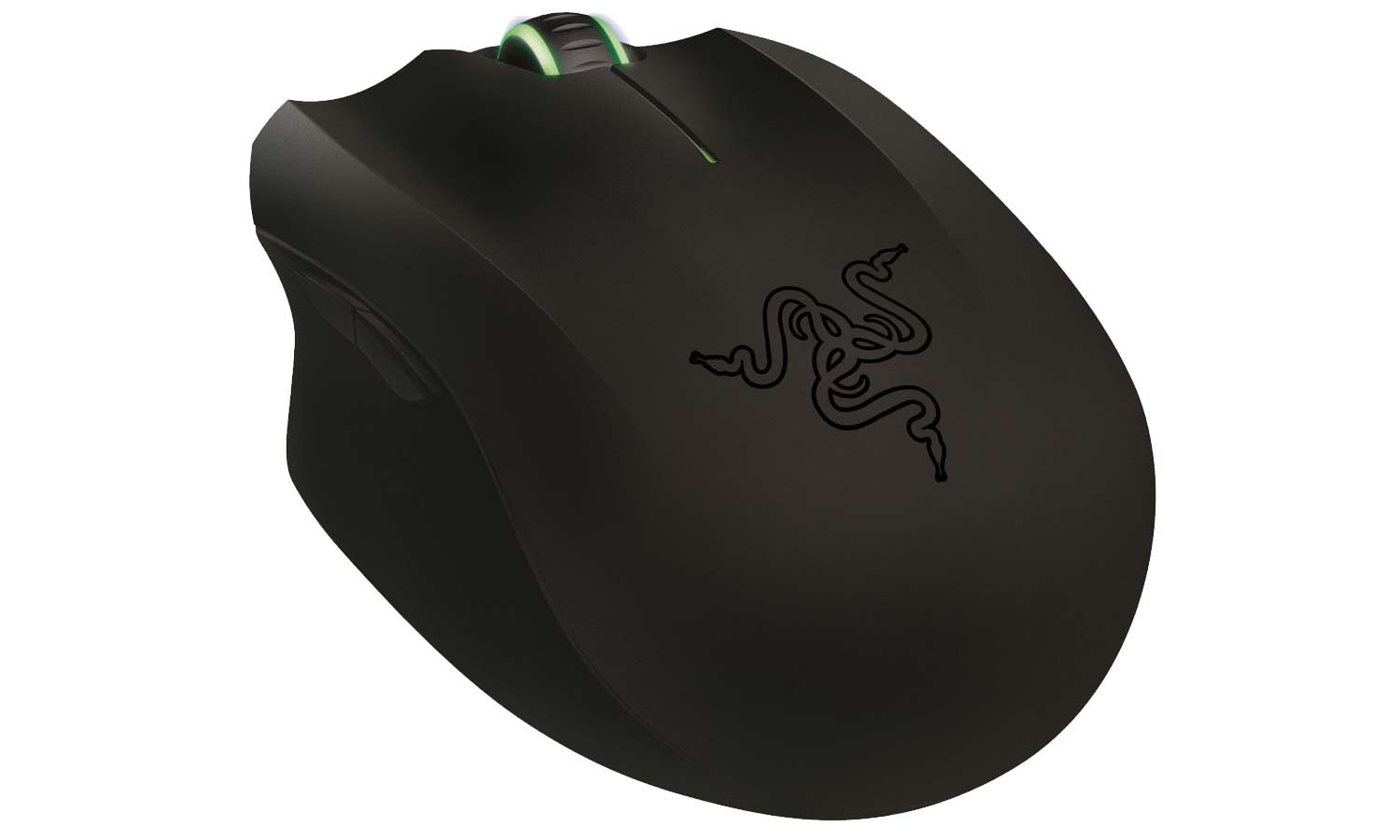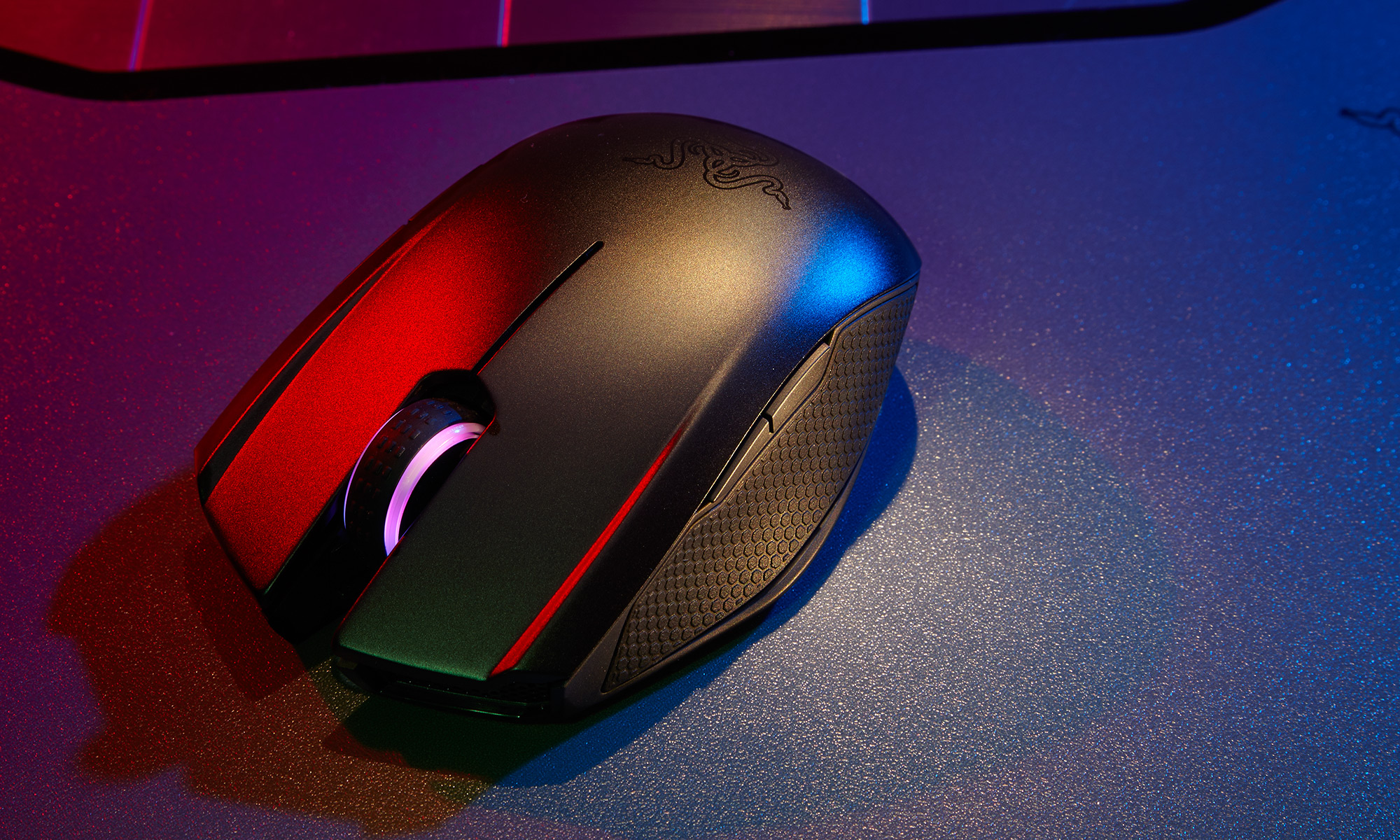Tom's Guide Verdict
The Razer Orochi is an attractive and comfortable mobile mouse, but its wireless and lighting features carry some caveats.
Pros
- +
Good price
- +
Ambidextrous design
- +
Great software
Cons
- -
Hit-or-miss Bluetooth
- -
No wireless dongle option
- -
Dull lighting
Why you can trust Tom's Guide
No matter how fancy your gaming laptop may be, trying to play demanding titles on the road with a touchpad is simply no fun. The Razer Orochi 2015 ($70) is an update to Razer's classic mobile gaming mouse, complete with a wireless mode and fully ambidextrous buttons within a small, portable design. While the Orochi succeeds for the most part, it's held back by so-so lighting and wireless that isn't quite as reliable as it needs to be. The Orochi may be the ideal choice for some gamers on the go, but it's worth weighing the pros and cons before running out to pick one up.
Design
The best word to describe the Orochi is "unassuming," which is something I never thought I'd say about a Razer product — especially one named after an eight-headed mythical Japanese dragon. It's a small mouse: 3.9 x 2.7 x 1.4 inches. Compare this to something like the Razer DeathAdder, at 5.0 x 2.8 x 1.7 inches, and it's easy to see why the Orochi is better suited to an itinerant rather than a stay-at-home gamer.
There's also nothing particularly striking about the design. It's black all around, with coarse rubber on either side for grip. The mouse features sharp angles up front, as well as an illuminated scroll wheel, but otherwise, it's just a roundish peripheral that's better suited to claw-grip play. (Palm grip is possible, but since the mouse is short, it's not quite as comfortable as using something larger.)

One nice thing about the Orochi is that it's fully ambidextrous, featuring a symmetrical setup with two thumb buttons on either side. Add in a left button, a right button and a clickable scroll wheel (with pleasantly coarse ridges on it), and you theoretically have seven buttons to work with. Most people will probably stick with five, though, since it's easy to click the nondominant thumb buttons by accident.
MORE: Best Gaming Mice
The mouse is wireless by default, although you can also plug it in via USB if you prefer a wired experience. The Orochi's size and design make it comfortably portable, although I wonder exactly how much of an advantage it has over slightly larger mice. A 4-inch mouse is not that much more portable than a 5-inch mouse, although the small carrying case that comes with the Orochi is a nice touch.
Wireless
While most wireless mice come with a wireless dongle, the Orochi is riding the Bluetooth wave of the future. This turns out to be a mixed blessing. While Bluetooth is extremely convenient — and not having to mess around with a tiny, easy-to-lose dongle is a relief — it's not quite as reliable.
The best word to describe the Orochi is 'unassuming,' which is something I never thought I'd say about a Razer product.
I had to try three separate Bluetooth-enabled computers before I finally got one to consistently recognize the Orochi, and on one occasion, the connection dropped for no reason whatsoever. This wasn't too disastrous, as all I had to do was turn it off and on again, in true IT Crowd fashion. But had I been in the middle of a Counter-Strike tournament rather than a single-player Batman game, my feelings would have been very different.
Keep in mind that I tested the device in a tech office, so crossed wireless signals are just a fact of life here. But everyday users should also note that Bluetooth is still fairly new technology, and unless you bought your PC within the past two years, you're not guaranteed to have it. If your computer has reliable Bluetooth, great; if not, you'll have to buy an adapter, and daisy chaining mobile devices is a risky proposition even under the best circumstances.

When it was working, the Orochi was reliable during both everyday computing and gaming, and I didn't notice any kind of lag. The mouse works well over a distance of about 10 feet, and two AAA batteries will last you about 7 months with regular use, according to Razer. (We couldn't evaluate this claim firsthand, but after using the mouse for a few hours each day and turning it off between sessions, the battery level was still at 100 percent after three days.)
Software
The Orochi runs on the Razer Synapse 2.0 software, which is still one of the best software suites in the gaming peripheral market. With this program, you can change the mouse's dots-per-inch (DPI) sensitivity from 200 up to 8,200 and adjust other technical options, like polling rate and surface tunability. Most users, however, will probably want to play with button assignments, game profiles and backlighting.
Sneaking around corridors to get the drop on terrorists in Rainbow Six Siege felt comfortable and intuitive.
If you've ever used a Razer mouse before, the process is exactly the same. Just assign macros, mouse functions or keyboard commands to any button you wish; then select a game that will automatically use the profile any time you open it.
MORE: Best Gaming Keyboards
Thanks to the mouse's Chroma options, you can select a color or color effect to go with each profile, but it's not quite as gorgeous as similar products like the Mamba Tournament Edition. The scroll wheel is the only thing that lights up, and the colors tend to look pretty dull. All things considered, it's better to have the color options than not, but this is not a mouse that's going to light up your home or hotel room.
Performance
I played through Rainbow Six Siege, StarCraft II: Legacy of the Void, Batman: Arkham Knight and Star Wars: The Old Republic in order to see how the Orochi stacked up across a variety of genres. The mouse was very capable for all four games, although I didn't notice any particular standout genres — fitting for an all-purpose mouse.

Sneaking around corridors to get the drop on terrorists in Rainbow Six Siege felt comfortable and intuitive, as did commanding an army of Protoss warriors in Legacy of the Void. If you can wrap your head (and hand) around using two additional buttons with your ring and pinky fingers, you could even use the Orochi as a fairly serviceable MMO mouse by assigning extra buttons in your skill rotation to them.
Bottom Line
The Orochi is a decent mouse all around, and it's much cheaper than most wireless mice. (The Razer Mamba costs $150, while the SteelSeries Sensei Wireless costs $160.) However, the wireless features depend entirely on how nicely your computer plays with Bluetooth, and it's not that much more portable than other smallish gaming mice.
The Orochi is comfortable to hold, it's incredibly easy to program and small touches like the lighting and the carrying case go a long way toward making it feel worth the cost of admission. If you travel a lot, consider the Orochi, but keep in mind that it's not the very best gaming mouse you can get for the money: The Razer DeathAdder also costs $70, as does the Logitech Daedalus Apex.
Marshall Honorof is a senior editor for Tom's Guide, overseeing the site's coverage of gaming hardware and software. He comes from a science writing background, having studied paleomammalogy, biological anthropology, and the history of science and technology. After hours, you can find him practicing taekwondo or doing deep dives on classic sci-fi.


